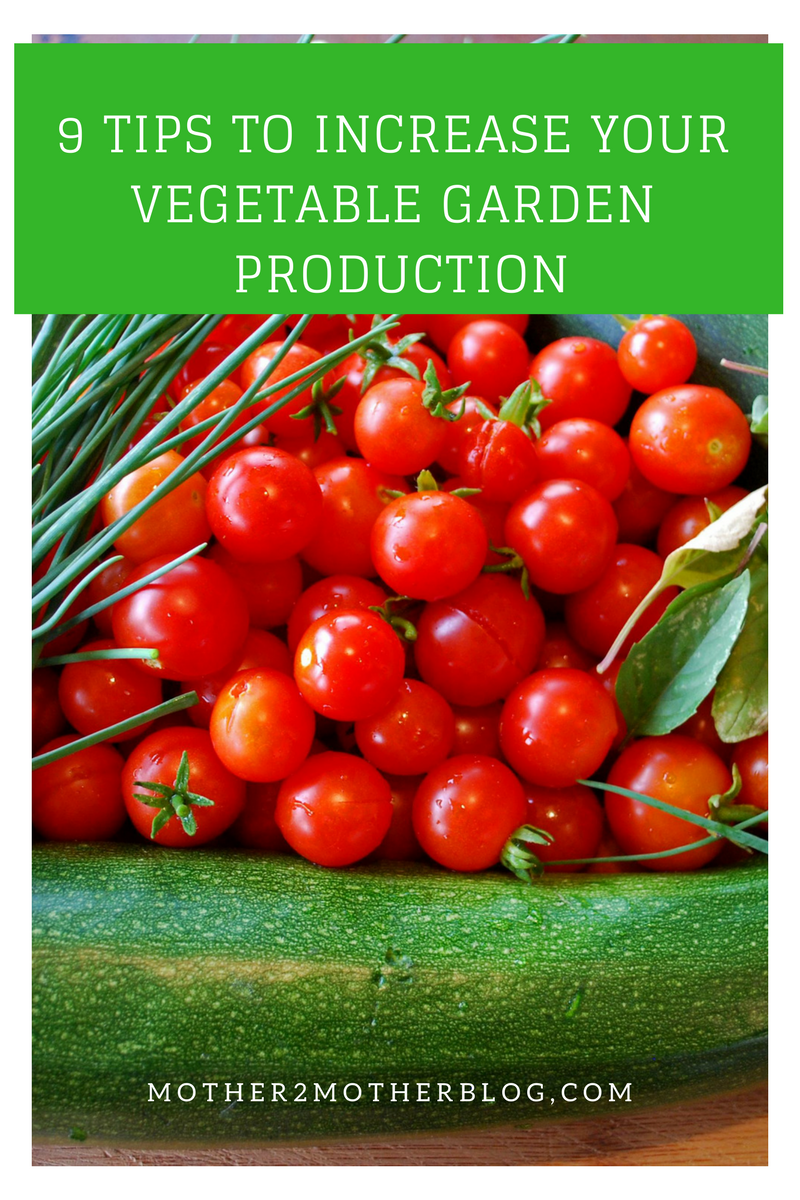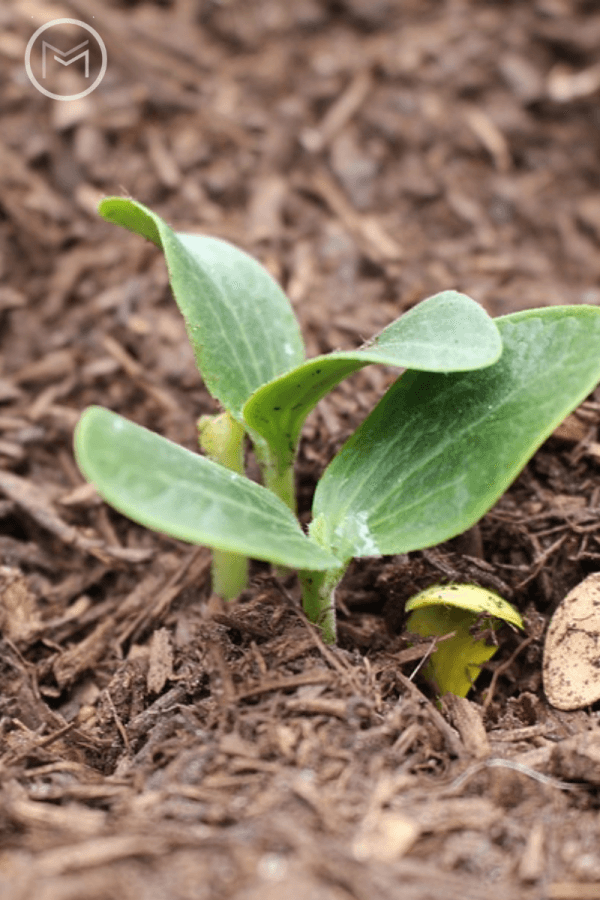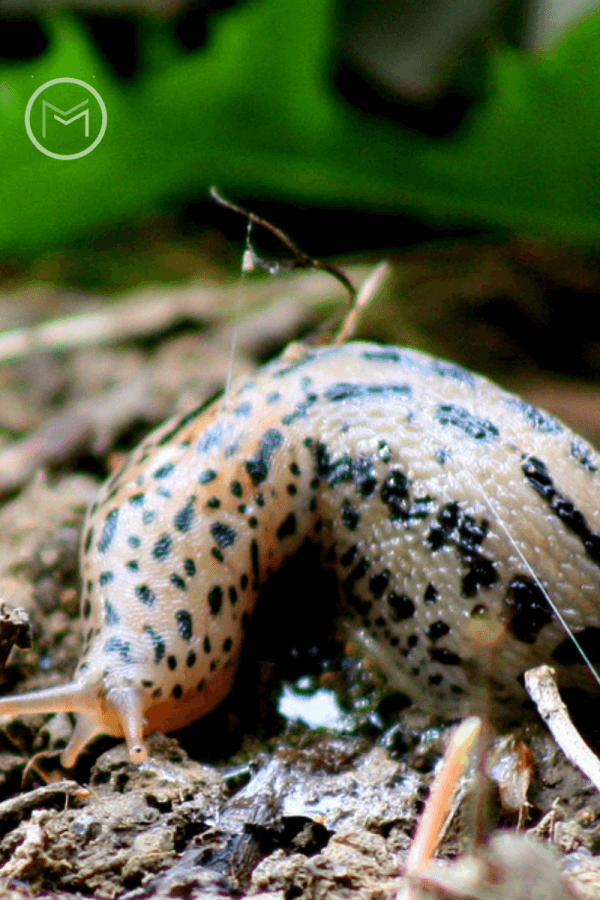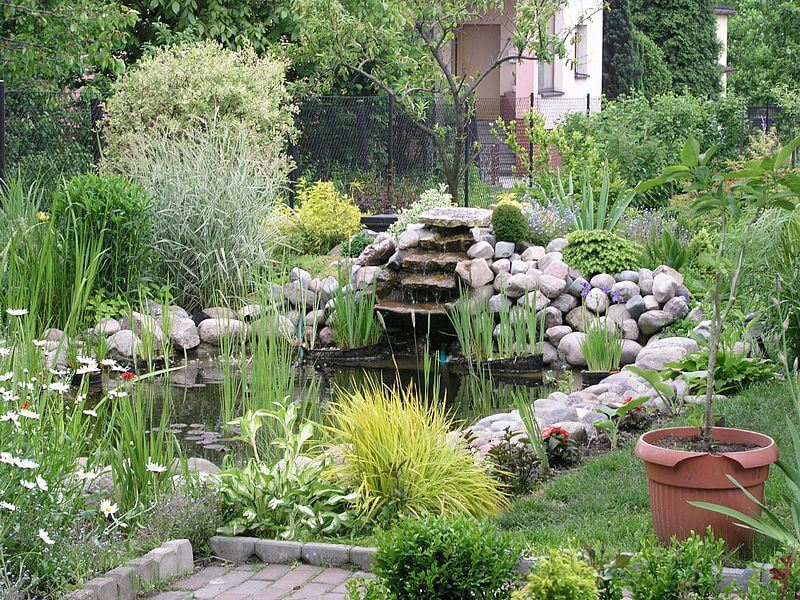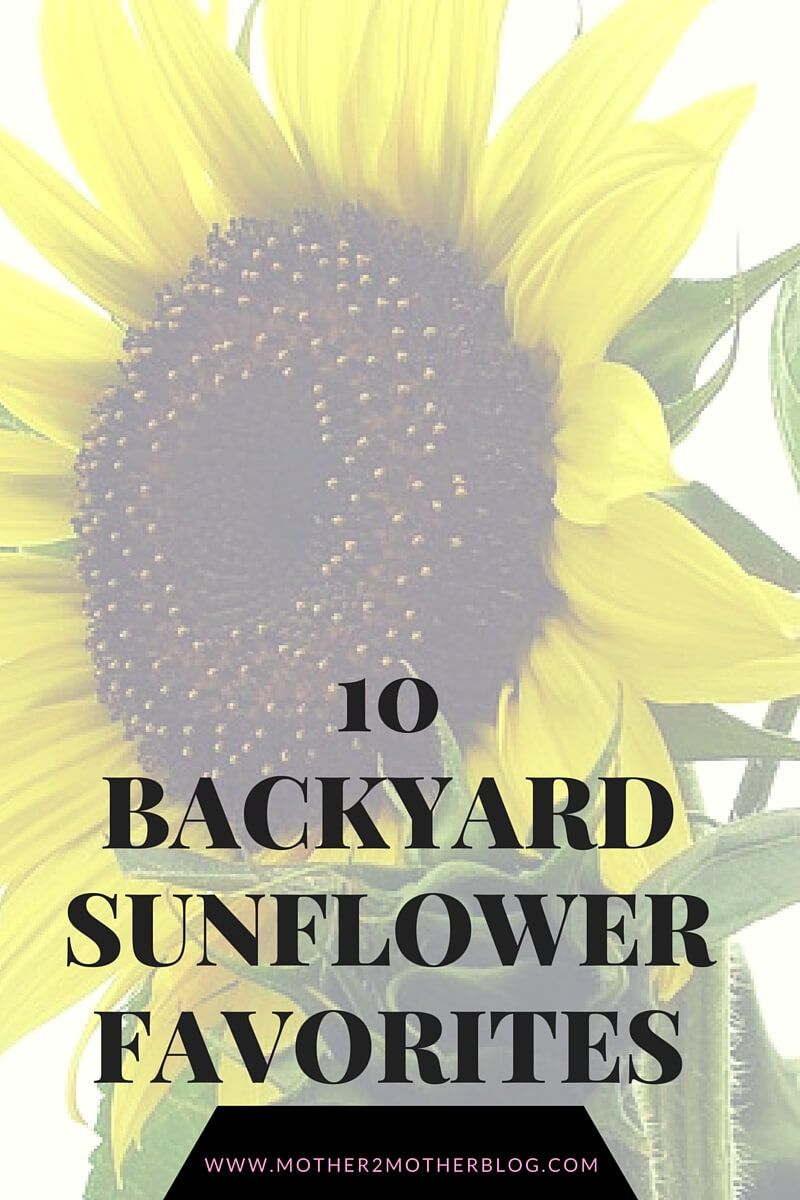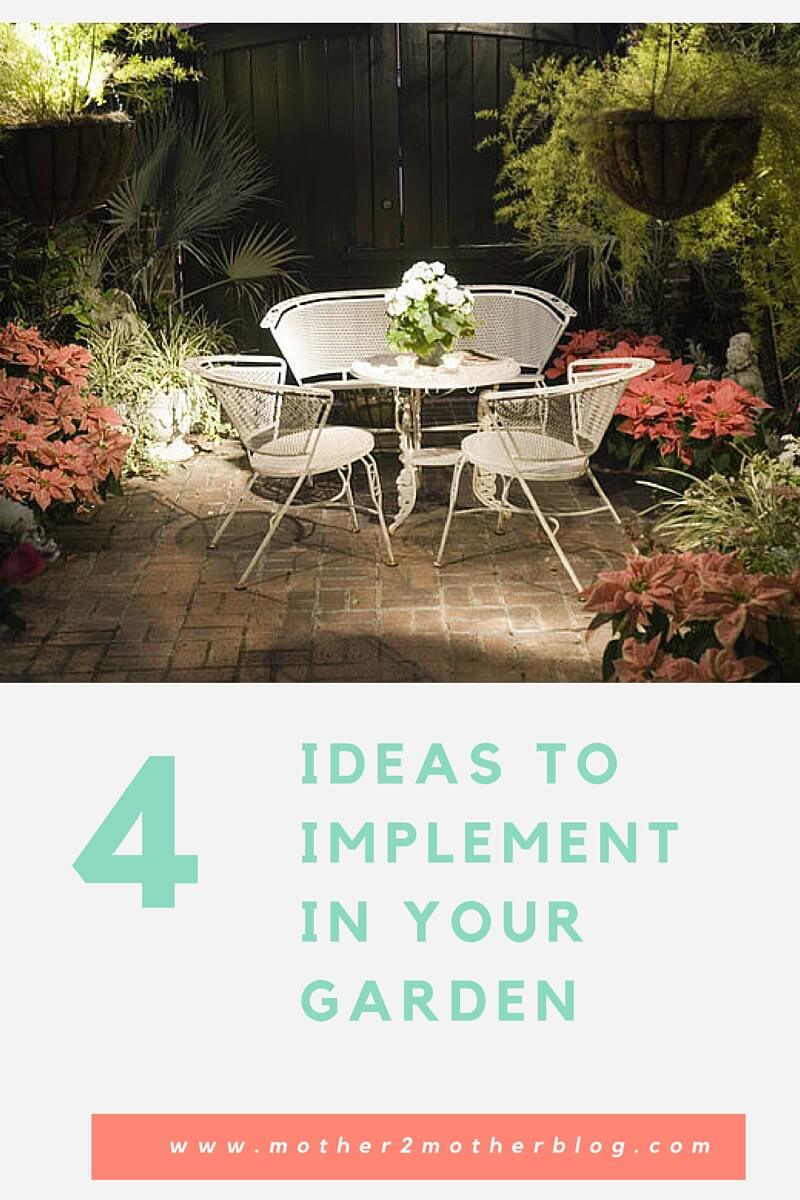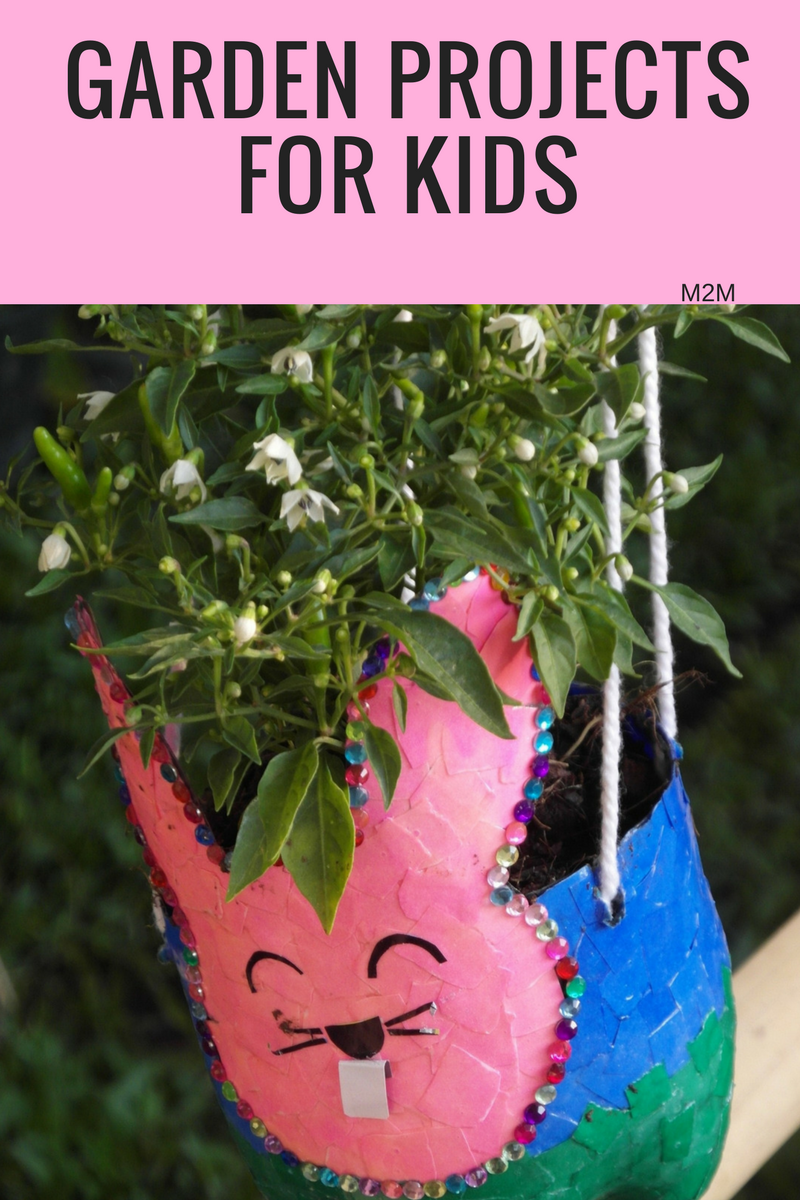
Plant Garden Bulbs Together:
Beautify your landscaping with beautiful blooming flowers, Hostas and elephant ears this year. Let your child help select the plant bulbs and plan out your soon-to-be gorgeous garden beds. Spring and fall are the standard planting times for bulbs. Let the kiddos help you dig the holes, insert the bulbs the right way, and measure the distance apart with a ruler. Your kids will be thrilled with what blooms the following season and feel so proud of their accomplishment.
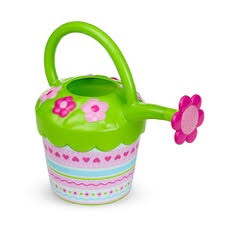
Build a Kid-Size Garden
First, give your child the gift of their own garden. And by gift, we mean the pleasure and learning they’ll get from it because it truly is a gift to them. You can buy a ready to build raised garden bed at a big box home store, build a DIY version with leftover wood, or give your child an area of your regular garden and fence it off.
Furthermore, let them pick a few veggies to plant and let them be responsible for the planting and watering (with your guidance, of course). When a child sees their fruits and veggies go from seeds to the dinner table, they’ll feel so proud! Studies show that garden projects for kids is a great way to teach them to grow their own food. Most importantly, kids are more apt to eat what they grown. So go ahead and plant the rainbow!
Plant a Butterfly Garden
Also, this fun idea is probably the easiest and reaps the most benefits. Pick an area of your yard or use a big container planter and fill with rich, black soil. Pick up an inexpensive packet of Butterfly Garden Seeds. Let your child sprinkle the seeds on the dirt and water. Watch all the different varieties of flowers bloom and attract butterflies and humming birds.
Start a Worm Composter
So, your first thought might be “oh yuck” but your kids and garden will love your worm composter. You can buy a pre-made composter or build your own DIY version for around $5. It’s very easy to make and only requires a bit of drilling holes and setting up the bin.
Vermicomposting requires worm compost bedding and compost worms (can be ordered online). They will need to be watered and fed which your kids can be responsible for. The compost created by the worms makes your garden grow like crazy and healthy too. Your kids will be more fascinated by the worms.
Add Bug Repellant Plants Around Play Areas
Next, pick up a few Citronella or Lemongrass from your local garden store to use by your children’s play areas. Both Citronella and Lemongrass repel mosquitoes and flies, which are both a nuisance to kids playing. Using a few containers you have around the garage, fill with dirt and fill with the Citronella or Lemongrass plants and water. Place around the outer edges of your kids’ swing set and sandbox.
Make Homemade Stepping Stones
Last, this project may be a little messy, but it’s so much fun for the whole family! So, the difficulty of this project will depend on the age of the children. Find rocks on your property or a nearby park to make your stepping stones. Give them a good washing with soap and water and then paint them with non-washable paint.
Another fun garden project for kids is googly eye balls glued on to make “pet rocks.” This is a great craft to do as a family.
A more advanced approach is making your own stepping stones with Plaster of Paris. Just mix the Plaster of Paris with water in an old bucket, and pour into molds. Also, fun molds are available at art supply stores or you can use simple disposable aluminum baking pans. While the Plaster of Paris is still wet, you can etch in names, add gem stones or other finds, and paint when dried. Stepping stones also make great gifts for grandparents and friends.
Last, Max Warehouse is your one stop shop for all your home and garden needs, home organization and improvement, auto, lawn care and everything in between. We have great products for your garden projects for kids too. Whether your project is large or small, they have your back! Free shipping over $50.
Finally, we hope that you enjoyed our garden projects for kids, and will select a few to implement in your garden this spring.
